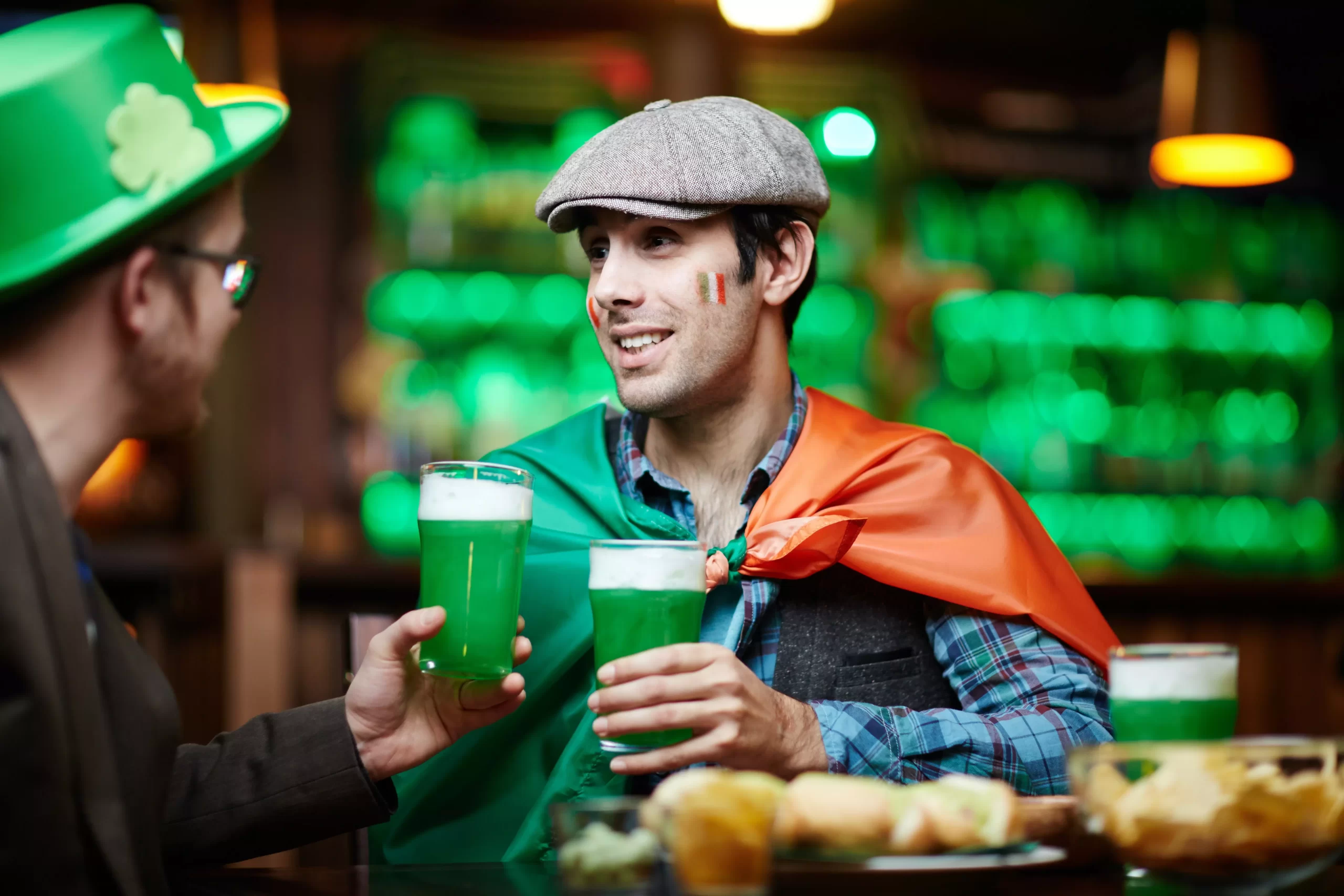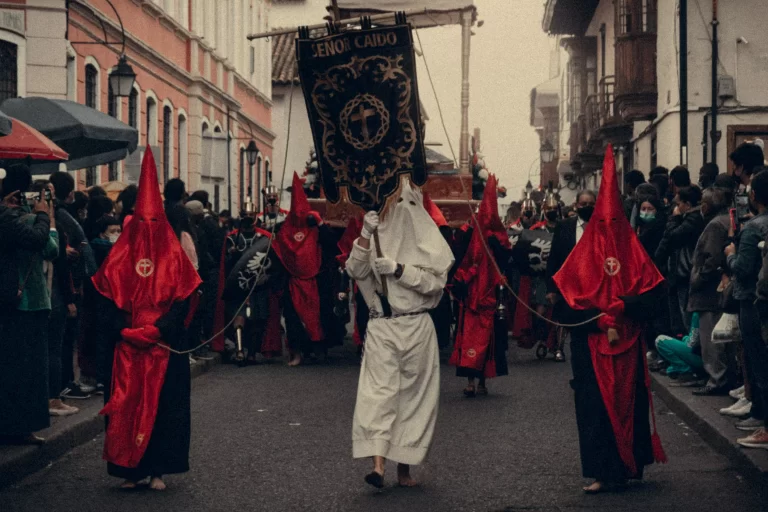Valor and Roses: The Legacy of St. George’s Day
St. George’s Day is a day dedicated to the patron saint of England, St. George. Celebrated on April 23rd, it is a day filled with parades, feasting, and various other festivities. But who was St. George, and why was he so important to the English people?
The Legend of St. George
The legend of St. George is one that has been told and retold countless times over the centuries. According to the most popular version of the story, St. George was a Roman soldier who was martyred for his Christian faith. However, he is most famous for his legendary battle with a dragon.
As the story goes, a town in Libya was being terrorized by a fearsome dragon. The townspeople were forced to offer sacrifices to the beast to keep it at bay. Eventually, it was the turn of the king’s daughter to be sacrificed. However, St. George happened upon the scene and, after a fierce battle, managed to slay the dragon and save the princess.
History of St. George’s Day
Early Celebrations
The celebration of St. George’s Day dates back to the 13th century when St. George was officially named the patron saint of England. However, the legend of St. George and the dragon was already well known by this time and had been popularized during the Crusades.
Evolution Over Time
Over the centuries, St. George’s Day has evolved and changed in many ways. During the medieval period, it was one of the most important feast days of the year. However, its significance waned over time, and by the 18th century, it was largely ignored. In recent years, there has been a revival of interest in St. George’s Day, and it is once again being celebrated with enthusiasm.
Symbolism of the Dragon
The dragon is a symbol that appears in many cultures and myths around the world. In the legend of St. George, the dragon represents evil and chaos. By slaying the dragon, St. George symbolically conquers these forces and restores order to the world.
The Dragon in Modern Culture
The image of St. George slaying the dragon has become one of the most iconic and enduring symbols of English culture. It appears on everything from the flag of England to the insignia of the Order of the Garter, the highest order of chivalry in the United Kingdom.
Celebrations Around the World
England
In England, St. George’s Day is celebrated with parades, processions, and other festivities. Many people wear a red rose, the national flower of England, on their lapel. Traditional English foods, such as roast beef and Yorkshire pudding, are often served.
Catalonia
In Catalonia, St. George’s Day, or La Diada de Sant Jordi, is a day of romance, similar to Valentine’s Day. It is traditional for men to give roses to women, and for women to give books to men.
Other Regions
St. George is also the patron saint of several other regions and countries, including Aragon, Genoa, and Georgia. Each of these places has its own unique traditions and customs associated with St. George’s Day.
Parades and Processions
Parades and processions are a common feature of St. George’s Day celebrations. In many towns and cities, there are parades featuring marching bands, floats, and people dressed as St. George and the Dragon.
Wearing of the Rose
It is traditional to wear a red rose on St. George’s Day. This custom dates back to the medieval period when knights would wear a rose on their armor as a symbol of their allegiance to the king.
Feasting and Festivities
Feasting is a big part of St. George’s Day celebrations. Traditional English foods, such as roast beef and Yorkshire pudding, are often served. In recent years, there has also been a trend towards serving more modern, multicultural dishes.
Shakespeare and St. George’s Day
William Shakespeare, the most famous playwright in the English language, was born on St. George’s Day in 1564. As a result, St. George’s Day is often celebrated with performances of Shakespeare’s plays and other literary events.
Other Literary References
The legend of St. George and the dragon has inspired many works of literature over the centuries. From medieval romances to modern fantasy novels, the story of St. George continues to capture the imagination of writers and readers alike.
Revival of Traditions
In recent years, there has been a revival of interest in St. George’s Day. Many towns and cities have started holding parades and other festivities once again. There has also been a movement to make it a public holiday in England.
St. George’s Day in the Digital Age
In the digital age, St. George’s Day is celebrated not only in the physical world but also online. Social media is filled with messages and images celebrating St. George and his legendary battle with the dragon.
Also Read: The Essence of Good Friday 2024
Accusations of Nationalism
In recent years, there have been accusations that this day is being hijacked by far-right groups for nationalist purposes. However, many people argue that this day should be a day of celebration for all English people, regardless of their political beliefs.
The Commercialization of the Holiday
Like many other holidays, St. George’s Day has become increasingly commercialized. Some people argue that this detracts from the true meaning of the day and turns it into just another excuse for retailers to make money.
Conclusion
St. George’s Day is a day of celebration that has endured for centuries. Despite controversies and criticisms, it remains an important part of English culture and identity. Whether you celebrate by attending a parade, feasting







